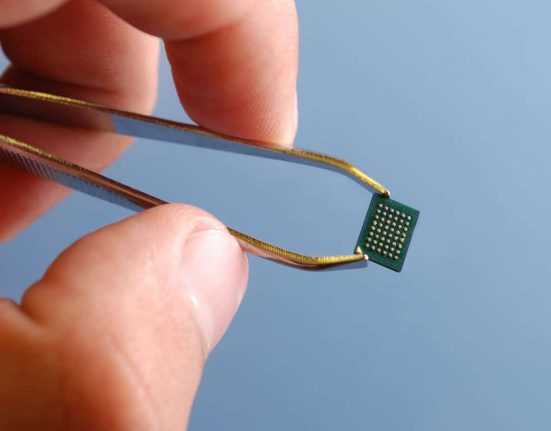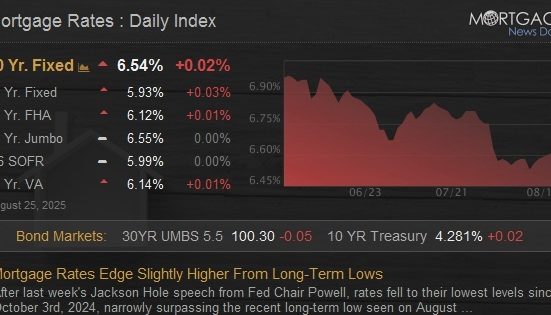Editorial Note: We earn a commission from partner links on Forbes Advisor. Commissions do not affect our editors’ opinions or evaluations.
Art can, sometimes unfortunately, mimic life. Of all the hospital shows aired, “Scrubs” may be the most accurate in its depiction of crippling medical debt. Characters J.D. and Turk, both medical interns, embody the real-world plight of American medical students, who will face more headwinds in financing their education starting next year, thanks to new caps set on medical loans.
The impediment, however, doesn’t mean that students must forgo their medical dreams—rather, alternatives can supplement the cost of their education.
Big Bill, Big Changes
Provisions in President Trump’s One Big Beautiful Bill Act set new limits on loans students can take out for graduate school and professional programs. Starting July 1, 2026, medical students can borrow up to $100,000 for graduate school over a lifetime, as well as a lifetime limit of $200,000 for professional programs, including dental, medical and law school.
Additionally, the grad PLUS loan, a fixed-interest federal student loan program offered to graduate and professional students, will be terminated. In 2023, 30% of all medical student borrowers were reliant on grad PLUS loans, taking out a total of $1 billion.
The not-for-profit Association of American Medical Colleges (AAMC) found that the loans proved to be a worthwhile investment and made returns for rural communities, since the federal lending program supported rural medical students, who were more likely to practice in their local communities.
For aspiring doctors, the new cap and elimination of grad PLUS loans may be a huge roadblock in their career paths. The AAMC’s year-end 2024 report found that the median debt for the class of 2024 clocked in at $205,000. The numbers skewed even higher for the class of 2025, with the median cost of attendance over four years reaching $286,454 at public schools, and $390,848 at private institutions.
Worse, the new bill could result in more far-reaching repercussions. A March 2024 AAMC report projected that the U.S. could face a physician shortage of up to 86,000 physicians by 2036.
The bill’s impact will disproportionately affect patients and aspiring doctors in underserved communities, says AAMC. The result from the austere limits remains a reduction in the number of students from lower-income backgrounds pursuing medicine.
AAMC found that the high barrier of entry will be more uncompromising starting next July and may “drive doctors away from lower-compensated jobs, such as those in primary care specialties and working with underserved populations.”
“Every aspiring physician deserves a fair chance at a medical education—no matter their economic background. Federal student aid programs like grad PLUS loans and Public Service Loan Forgiveness help make that possible for nearly half of all medical students,” AAMC president and CEO David J. Skorton and chief public policy officer Danielle Turnipseed said in a statement.
“Eliminating or restricting these critical programs would undermine the future physician workforce and ultimately make it harder for patients in communities nationwide to get the care they need.”
Hard, But Not Impossible
Low-income students will face the brunt of student loan changes the most, but if you’re low-income, hardship is likely not new to you. Pursuing a medical degree in 2026 will certainly be harder, but not impossible. Frugality and big-picture planning can save you decades of financial stress and make financing medical school possible.
Several public and private schools across the country offer lower-than-average tuition rates, with a few offering full rides for admittees. Albert Einstein College of Medicine in New York City made headlines when it announced free tuition for all students following a $1 billion donation in 2024.
Other prestigious programs have followed suit, including Johns Hopkins University School of Medicine, which offers full tuition scholarships to medical students from families earning less than $300,000 a year and full cost-of-attendance financial aid packages for those from families earning under $175,000.
The Kaiser Permanente medical program covers tuition for all four years across all enrolled students, even those out of state.
While competition for tuition-free programs will be tough, selecting an affordable medical program can make or break accessibility barriers for low-income students.
Students should always exhaust their federal loans, then turn to private lenders as a last resort, as private student loans come with higher interest rates and stricter repayment options.
Ascent, for example, offers loan terms over five, seven, 10, 12 or 15 years, up to $200,000 per academic year for undergraduate students, and $400,000 for graduate students. Borrowers may receive up to 24 months of forbearance for financial hardship, available in increments of three months.







